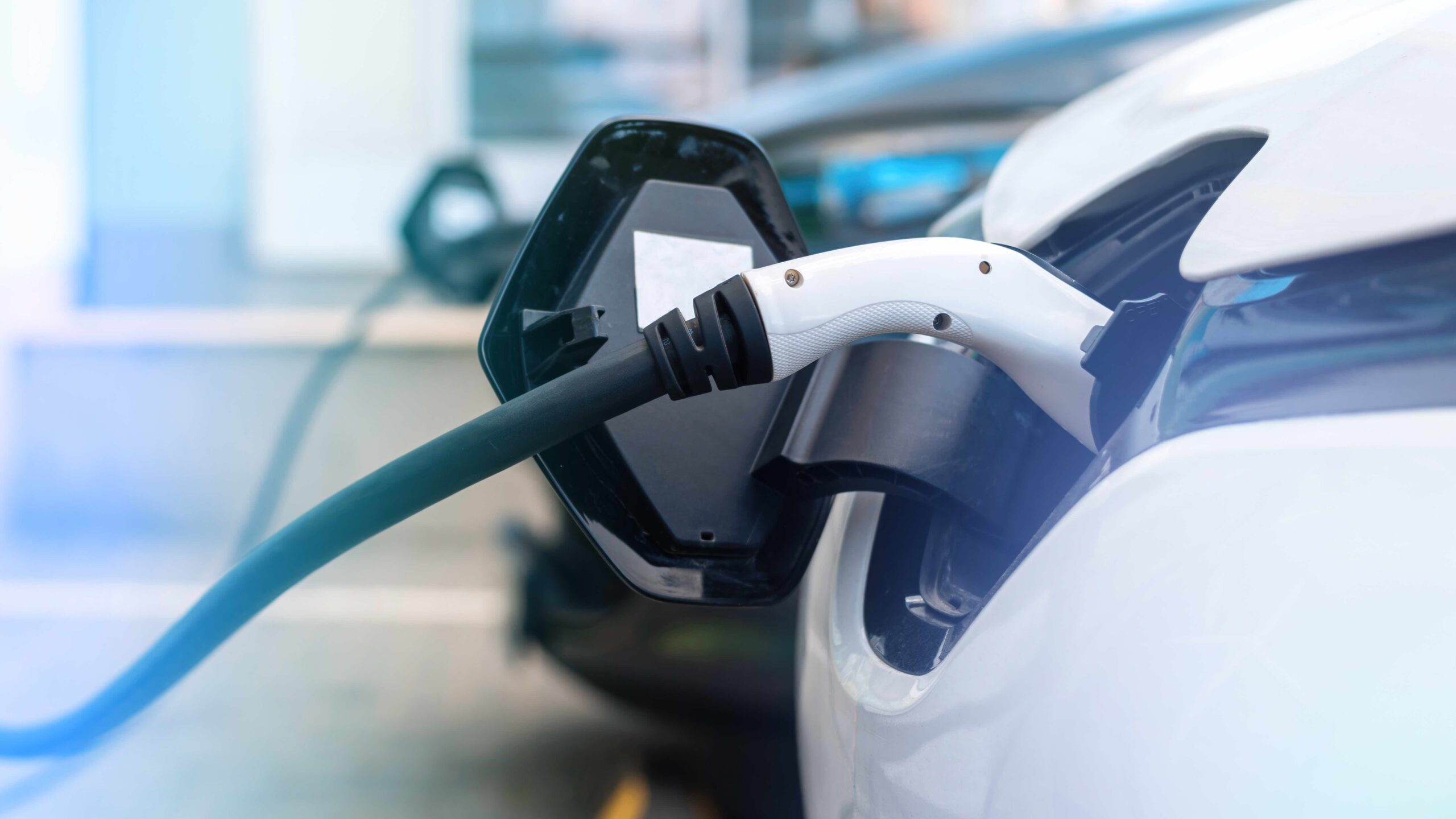The electric vehicle (EV) revolution is sweeping the globe, and at its heart lies a critical aspect – charging infrastructure. As the world gears up for sustainable transportation, the deployment of robust charging infrastructure plays a pivotal role in facilitating the widespread adoption of electric vehicles. In this article, we will delve into the valuable insights shared by the International Energy Agency (IEA) in their Global EV Outlook 2023, shedding light on the trends that are shaping the future of EV charging.
Trend 1: Home and Depot Charging Dominance
The IEA’s projections reveal a significant preference for home and depot charging in the EV charging landscape. Slow charging at homes and depots is not only cost-effective but also conducive to overnight charging, aligning perfectly with smart charging and vehicle-to-grid operations. Importantly, this approach places less strain on the grid compared to faster charging options.
Recognizing the significance of home charging, GridFlow, a leading software company in the EV charging industry, has developed a comprehensive platform that empowers EV drivers to efficiently manage and monitor their home charging stations. GridFlow’s user-friendly mobile app streamlines the charging experience, ensuring convenience and ease for EV owners.
Trend 2: Rise of Public and Opportunity Chargers
As the adoption of EVs accelerates, public and opportunity chargers are rising in prominence. The Global EV Outlook 2023 highlights that with the increasing number of electric cars, a smaller proportion of owners will have access to home charging. This underscores the importance of a robust network of public charging points to support the growing EV fleet.
GridFlow’s innovative mobile app plays a pivotal role in promoting the accessibility of public charging. By empowering EV drivers to easily locate and pay for charging stations, GridFlow’s platform aligns seamlessly with the trend of increasing significance of public chargers. As GridFlow continues to expand its network of supported charging stations, EV drivers enjoy a seamless and convenient charging experience, regardless of their location.
Trend 3: Heavy-Duty Vehicle Charging Challenges
While much attention has been directed towards light-duty vehicle charging, the electrification of heavy-duty vehicles (HDVs) presents its unique set of challenges. Slow charging remains the practical option for HDVs, especially for buses and trucks at depots. However, as the electrification of long-distance HDV segments gains traction, opportunity chargers along highways become imperative.
In response to these challenges, GridFlow has taken proactive steps to address the requirements of HDV charging. By offering comprehensive solutions, including depot charging for buses and trucks, and opportunity chargers for long-haul trucking, GridFlow ensures the availability and efficiency of charging infrastructure for HDVs. As the world embraces sustainable transportation, GridFlow’s contributions towards the electrification of the transportation industry are invaluable.
The insights shared by the International Energy Agency in their Global EV Outlook 2023 provide a glimpse into the future of electric vehicle charging infrastructure. As the EV revolution gains momentum, the deployment of charging infrastructure will continue to play a pivotal role in shaping the transportation landscape.
GridFlow, as a leader in the EV charging industry, is committed to contributing to this transformative journey. With a focus on providing comprehensive solutions that empower EV drivers, businesses, and charging station operators, GridFlow plays a crucial role in making EV charging simple, accessible, and sustainable. As we collectively navigate towards a more sustainable future, collaboration between stakeholders, policymakers, and innovative companies like GridFlow will be instrumental in establishing an efficient and robust charging infrastructure network.

